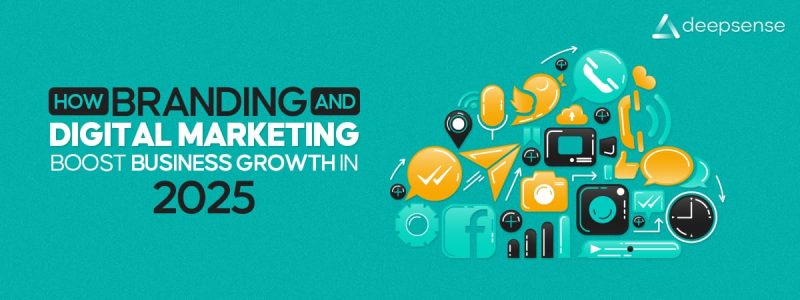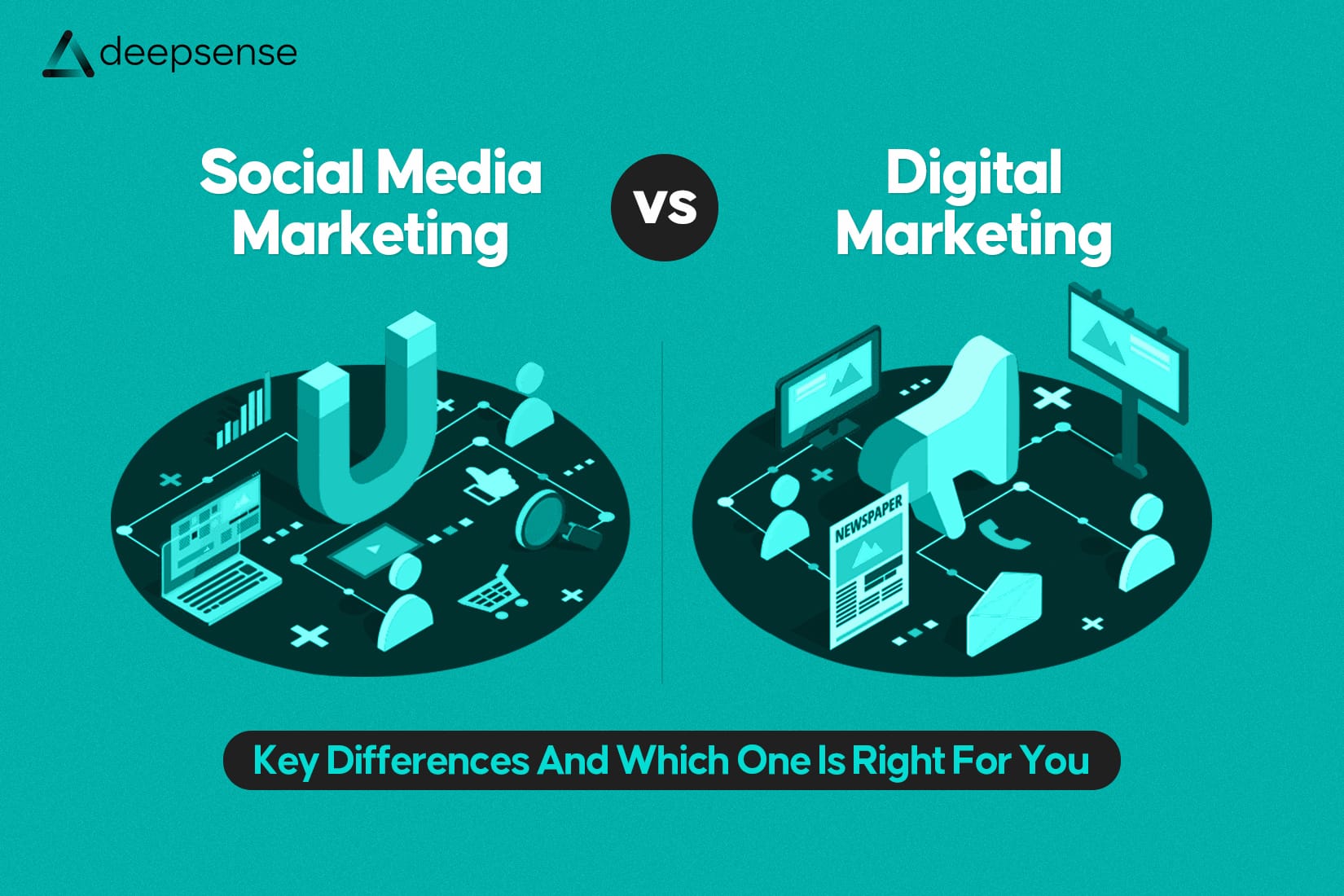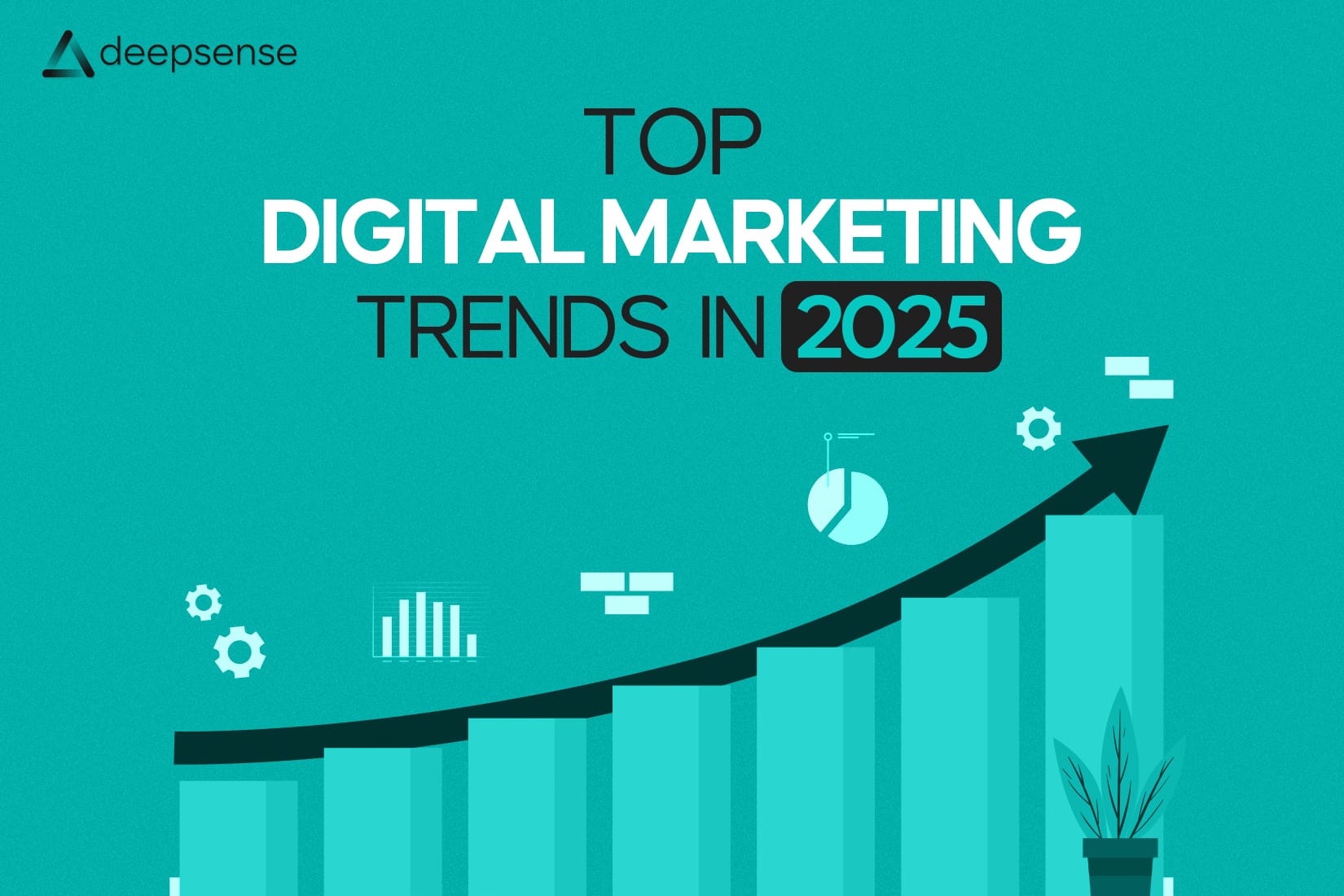How to Build Trust, Educate, and Stay Compliant in a Digital-First Healthcare World
Let’s face it, the pharmaceutical industry has always been a little… cautious when it comes to marketing. And for good reason. With heavy regulations, sensitive subject matter, and the immense responsibility of dealing with human health, pharma can’t afford to “move fast and break things.”
But here’s the catch: the modern healthcare audience is already online.
Doctors are on LinkedIn. Patients are Googling symptoms. Caregivers are watching explainer videos on YouTube. And if your pharmaceutical brand isn’t showing up in these moments, someone else, possibly a less reliable source, is.
That’s why digital marketing in pharma isn’t just a strategy, it’s a necessity.
So if you’re looking to bridge the gap between compliance and creativity, here are 10 pharma-focused digital marketing strategies that can help you build authority, increase awareness, and serve your audience with empathy and precision.
1. Content Marketing That Educates and Empowers
In the pharma world, trust is currency, and content builds trust.
Create a robust content strategy with a strong focus on education:
- Blog posts on disease awareness, treatment options, and FAQs
- Medical explainer videos
- Whitepapers and eBooks for HCPs (Healthcare Professionals)
- Infographics that simplify complex data
Example: Pfizer runs a blog with disease-specific content for both patients and doctors, including COVID-19 vaccine updates and treatment insights.
Pro Tip: Always have medical experts review your content for compliance and accuracy.
2. Search Engine Optimization (SEO): Be Discoverable, Authentically
80% of people start their health journey on Google. If your brand isn’t there when they search, you’re missing out on massive visibility.
SEO for pharma includes:
- Targeting high-intent, health-related keywords
- Creating medically accurate and patient-friendly pages
- Earning backlinks from credible health publishers and journals
- Structuring content for Google’s Featured Snippets
Stat: According to Google Health Trends, “near me” searches for pharmacies and medical treatment grew over 300% post-2020.
Remember: Stick to non-promotional keywords unless you’re in the US or other DTC pharma-friendly markets.
3. Leverage Social Media, But Stay Within Compliance
Pharma brands used to shy away from social media. Not anymore. Platforms like LinkedIn, Twitter (X), and even YouTube are now major hubs for:
- Disease awareness campaigns
- Doctor-to-doctor content (on LinkedIn)
- Patient support resources
- Industry news and research sharing
Example: Johnson & Johnson’s Twitter account frequently shares R&D milestones and CSR efforts, positioning the brand as both innovative and responsible.
Caution: Disable comments on public platforms if you’re in a region where pharma interaction is regulated.
4. Video Marketing to Simplify Science
Not everyone understands clinical terms or research papers, but everyone watches videos.
Create short and engaging videos on:
- How your drug works (MOA animations)
- Patient journey testimonials
- Tutorials on device usage (like insulin pens or inhalers)
- Behind-the-scenes lab and research tours
Example: AstraZeneca’s YouTube channel includes explainer videos that break down treatment mechanisms and clinical trial overviews.
Stat: People retain 95% of a message from video versus 10% from reading (Forbes).
5. Email Marketing to Nurture Both HCPs and Patients
Emails are not dead, especially in pharma. They’re a powerful tool for staying top-of-mind and building loyalty.
Send tailored campaigns to:
- Healthcare professionals (e.g., new studies, CME opportunities, webinar invites)
- Pharmacists (e.g., product training, updates)
- Patients (e.g., prescription reminders, support programs)
Pro Tip: Use segmented lists and personalized subject lines to avoid generic, spammy emails.
And yes, every email must include opt-out options and comply with HIPAA, CAN-SPAM, and your region’s data laws.
6. Build a Mobile-First, Compliant Website
Your website is often the first touchpoint for doctors, patients, and partners.
A pharma website should:
- Be fast and mobile-friendly
- Have separate sections for HCPs and patients
- Clearly disclose usage guidelines, disclaimers, and safety information
- Include a medical inquiry or adverse event reporting tool
Example: Roche’s website is structured with personalized journeys for different stakeholders: patients, researchers, doctors, and investors.
Must-Have: A clean UX, secure HTTPS, and accessibility features like screen-reader support.
7. Engage Healthcare Professionals Through Targeted Campaigns
HCPs are the gatekeepers of prescriptions, and they’re online, too.
How to reach them:
- LinkedIn ads targeting medical specialties
- Virtual events, CME webinars, and product training sessions
- Email newsletters with peer-reviewed research summaries
- Gated whitepapers or digital sample requests
Stat: 75% of HCPs use digital channels weekly to keep up with clinical knowledge (Accenture Health Study).
Pro Tip: Tailor every campaign by therapeutic area or medical specialty.
8. Use Paid Advertising, but Stay Ethical
Digital ads can work in pharma, especially in regulated markets like the U.S. where Direct-to-Consumer (DTC) ads are allowed.
Use:
- Google Ads for branded/non-branded keyword targeting
- LinkedIn Ads for physician-focused product announcements
- Programmatic display ads on verified health platforms like WebMD or Medscape
Reminder: Always display ISI (Important Safety Information) clearly in DTC ads.
For non-DTC markets, focus on awareness-based campaigns rather than product promotion.
9. Launch Thought Leadership Through Doctors & Scientists
Credibility = Conversion in pharma. People trust scientific voices over brands.
Activate:
- Blogs or video interviews with in-house researchers
- Peer-to-peer doctor panels and podcasts
- Conference-based takeaways posted on social media
- Guest appearances on medical YouTube channels or journals
Example: Moderna’s CEO and team frequently share R&D updates on LinkedIn, reinforcing transparency and scientific leadership.
Bonus: Thought leadership is a gateway to earned media coverage.
10. Leverage Data & Analytics to Stay Smart and Compliant
Every digital move should be backed by data, but in pharma, it’s not just about ROI. It’s about compliance and insight.
Track:
- Engagement by audience (HCP vs. patient)
- Conversion paths and drop-offs on educational content
- Email open rates segmented by specialty
- Page heatmaps (to improve UX)
- Adverse event reports or regulatory flagging
Use platforms like Google Analytics 4, Veeva CRM, Salesforce Health Cloud, or IQVIA for deep pharma-specific insights.
Wrapping Up: Marketing with Empathy, Ethics & Impact
In the digital era, the pharmaceutical industry has the unique challenge of building trust while staying compliant. But it also has an enormous opportunity: to educate, support, and connect like never before.
From SEO and social media to CRM and thought leadership, pharma marketing doesn’t have to be cold or boring. It can be empathetic, elegant, and deeply impactful, as long as it stays human-focused and regulation-ready.
So whether you’re launching a new molecule, building a patient support program, or modernizing a 100-year-old brand, these 10 strategies will help you thrive in a digital-first, health-conscious world.
FAQs
1. What are the top 7 types of digital marketing strategies?
Here are the top 7 digital marketing strategies widely used across industries, including pharma:
- Content Marketing – Creating valuable blogs, articles, videos, and infographics to educate and engage.
- Search Engine Optimization (SEO) – Optimizing your website and content to rank higher on search engines.
- Social Media Marketing – Promoting your brand on platforms like LinkedIn, Instagram, Twitter (X), and Facebook.
- Email Marketing – Sending targeted and personalized messages to segmented audiences.
- Pay-Per-Click (PPC) Advertising – Running paid ads through platforms like Google Ads or LinkedIn.
- Influencer or Key Opinion Leader (KOL) Marketing – Collaborating with industry experts or medical professionals.
- Affiliate & Programmatic Advertising – Using networks to place targeted display ads on relevant websites.
2. What is the marketing strategy of the pharma industry?
The pharma industry uses a multi-channel, compliance-driven strategy that blends education, relationship-building, and awareness.
Key elements include:
- Targeting healthcare professionals (HCPs) with scientific data, CMEs, webinars, and medical literature.
- Disease awareness campaigns aimed at patients and caregivers (especially in non-branded form).
- Thought leadership by highlighting researchers, doctors, and experts within the company.
- Personalized digital experiences using CRM tools for doctors, pharmacists, and patient support.
- Regulatory compliance to ensure all communications adhere to health authority guidelines (like FDA, WHO, or DCGI).
3. What is digital marketing in the pharmaceutical industry?
Digital marketing in pharma refers to the use of online platforms and tools to:
- Educate HCPs and patients
- Increase brand and drug awareness
- Provide resources for disease management
- Foster trust and credibility in the scientific community
This includes:
- SEO-optimized content for disease awareness
- Professional video explainers for doctors and patients
- Webinars and virtual symposiums
- Digital detailing tools for sales reps
- Compliant social media and email communication
The focus is always on value, accuracy, and compliance.
4. What are the 5 P’s of the pharmaceutical industry?
In the pharma world, the 5 P’s typically include:
- Product – Drugs, medical devices, or healthcare solutions.
- Price – Often regulated or influenced by government policies and insurance systems.
- Place – Distribution via hospitals, pharmacies, clinics, and increasingly online platforms.
- Promotion – Doctor engagement, digital campaigns, medical conferences, and PR.
- People – Key stakeholders including patients, HCPs, caregivers, and sales reps.
These P’s help companies align their commercial efforts while maintaining scientific integrity and ethical standards.
5. What are the 5 P’s of strategic marketing?
In broader marketing strategy (not pharma-specific), the 5 P’s refer to:
- Product – What you’re selling and how it satisfies consumer needs.
- Price – Your pricing model in relation to market demand and competition.
- Place – Channels of distribution (online, retail, wholesale, etc.).
- Promotion – Advertising, PR, social media, and sales promotions.
- People – Target audience and internal teams involved in delivering the experience.
These serve as a foundation for building a customer-centric and scalable marketing plan.
6. What are the 10 golden rules of GMP?
GMP (Good Manufacturing Practice) rules ensure product quality and patient safety. The “10 Golden Rules” often taught include:
- Get the facility design right from the start.
- Validate processes to ensure consistency.
- Write clear procedures and follow them.
- Train people to do their jobs properly.
- Keep good records of everything.
- Maintain hygiene and cleanliness.
- Prevent contamination and cross-contamination.
- Build quality into the product and test accordingly.
- Ensure proper handling of complaints and recalls.
- Conduct regular audits and continuous improvement.
These rules protect product integrity, regulatory compliance, and ultimately, human lives.
7. What is 5W in the pharmaceutical industry?
The 5W approach is a root cause analysis tool often used in GMP and quality systems:
- What happened?
- Why did it happen?
- When did it occur?
- Where did it occur?
- Who was involved?
This helps pharma teams conduct investigations, identify non-conformities, and take corrective action effectively.
8. What is PR in the pharmaceutical industry?
Public Relations (PR) in pharma is about building and managing the reputation of a brand or drug through:
- Media coverage on R&D breakthroughs
- Announcements of clinical trial results
- Health awareness campaigns
- Crisis communication (e.g., recalls or controversies)
- Positioning leadership as science-backed and transparent
Unlike typical PR, pharma PR must walk a fine line between promotion and compliance, often requiring medical, legal, and regulatory review before release.











